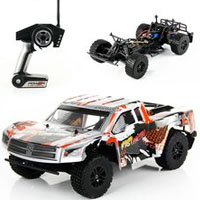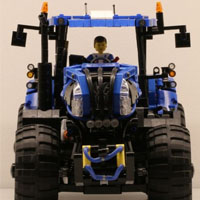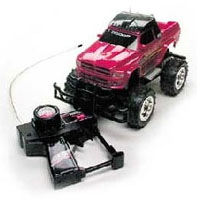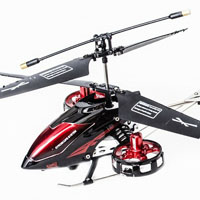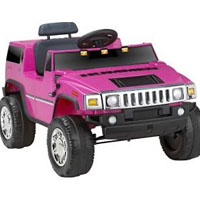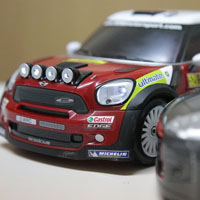Foam Vs Balsa Radio Control Model Airplanes
Until several years ago, radio control aircraft models were almost exclusively constructed from balsa wood. There were some rudimentary building attempts with styrene plastic and other methods, but balsa was the preferred material. Balsa wood’s low cost, light weight and ease of use made it a natural choice to build any type of model plane.
Foam RC models have recently entered the scene in the form of ready to fly aircraft. There is a growing interest in the smaller park flyer and indoor micro radio controlled aircraft. Foam fabrication methods are ideal for this genre. The question remains: "What is the best method to construct a radio control model airplane – from foam or balsa?"
The best way to discuss these options is to understand why the two materials are used. Foam is usually a first choice for park flyers due to its lower weight and ability to produce just about any aircraft shape you can dream up. By injecting the liquid foam into a carefully crafted mold, manufacturers can rapidly produce a wide array of uniquely formed model planes.
These "foamies" are very affordable and fly well. They appeal to the RC pilot who likes variety and the ability to get airborne quickly. Some of these designs are so well laid out that the radio control electronics are buried inside the fuselage and are not accessible to the pilot. Many of these foam micro models can be ready to get airborne within minutes of opening the box.
The foam used for park and indoor model aircraft is strong enough for the maneuvers and flight loads they will encounter. There is typically no need to reinforce the aircraft structure.
Foam can be a limiting factor should you wish to modify your airplane. The use of the wrong type of glue or paint can quickly attack and dissolve the foam. Always be certain the adhesive or paint is "foam friendly." Should you desire to incorporate any modifications, the best approach is to experiment on a piece of scrap foam before working on the main parts of the model.
Balsa and plywood are traditional model aircraft construction materials. They have proved their worth for over a century of use in free flight and radio control model airplane designs. Balsa is well understood by the hobbyist. Balsa is easy to work using common hand tools. Differing grades and strengths of balsa provide the opportunity to produce any type of aircraft from the smallest indoor flyer to a large, quarter scale plane.
Balsa accepts a much wider range of adhesives, paints and heat shrink coverings as compared to foam. An RC pilot can achieve a much nicer outer finish with a balsa structure. Balsa construction does not require the need to make a mold as with foam models. Balsa is also more suited for making a model airplane from a set of plans.
It is not common to see ready to fly RC models made from balsa. This is starting to change with the use of computer aided design technology coupled with laser cut production and assembly techniques. The main limitation with balsa and factory made models is the higher costs associated with the amount of labor required to create the final product.
While difficult to quantify, many RC pilots have an affinity towards balsa and ply construction. They are more comfortable dealing with these wood products. Many of these modelers embrace foam models as an addendum to their flying fleet. Another important consideration is that balsa models are typically easier to repair after a crash as compared to foam.
Is there an answer to the question over which is better for an RC model plane, foam or balsa? The short answer is no, it depends. A modeler who prefers known construction techniques and materials they are familiar with will gravitate towards balsa. An RC pilot who has not constructed balsa wood models, a flyer who likes a variety of aircraft, or one with little time to build their own planes will typically favor foam airplanes.
In the final analysis, there really is no right or wrong answer. Both balsa and foam can produce exceptional aircraft. It grows your awareness to operate with both types of materials. In the end, you will gain greater enjoyment of the hobby and be a more informed pilot by flying all types of radio control aircraft.
Written by: Tim B. McKay



